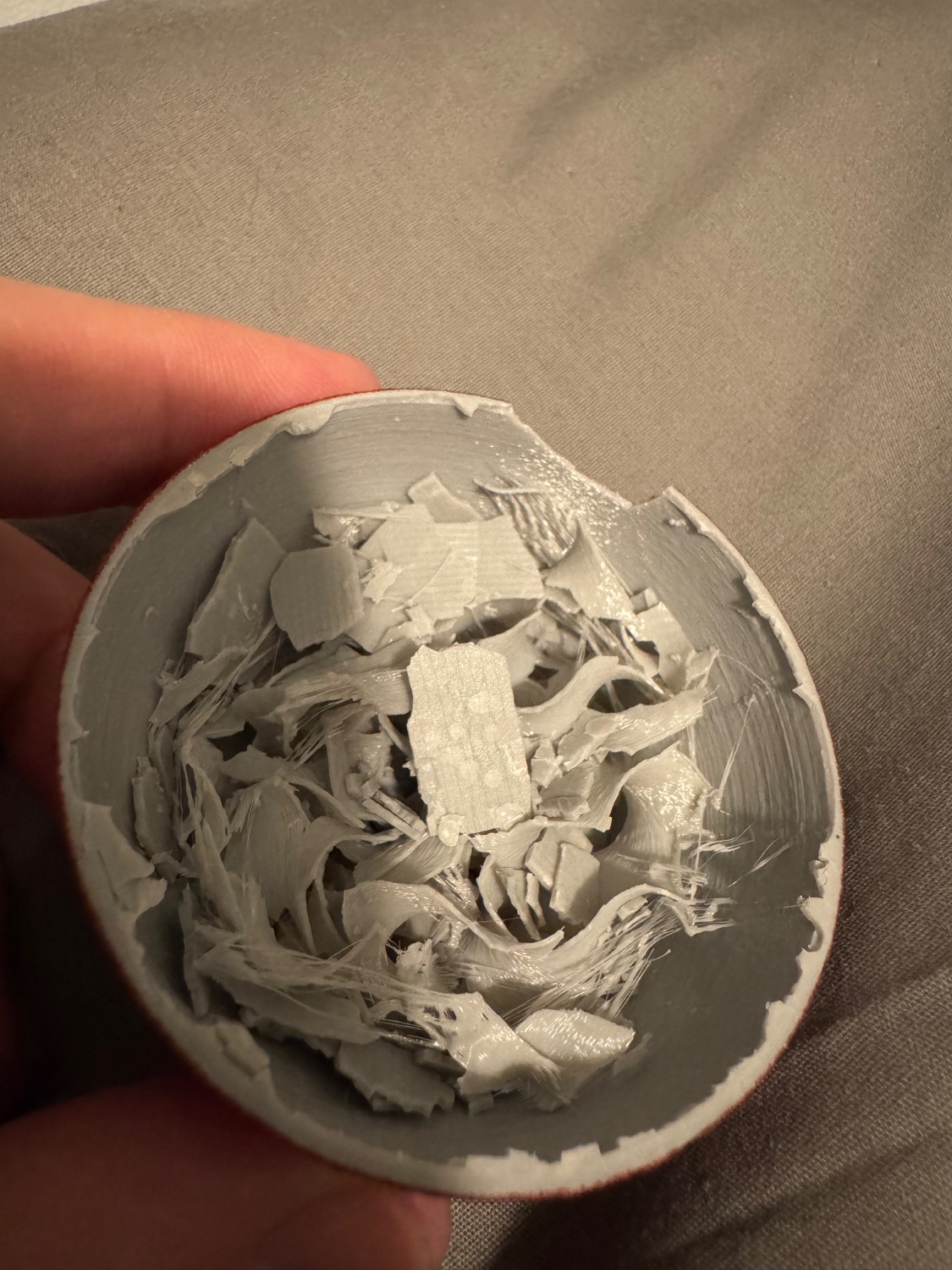3DPrinting
3DPrinting is a place where makers of all skill levels and walks of life can learn about and discuss 3D printing and development of 3D printed parts and devices.
The r/functionalprint community is now located at: !functionalprint@kbin.social or !functionalprint@fedia.io
There are CAD communities available at: !cad@lemmy.world or !freecad@lemmy.ml
Rules
-
No bigotry - including racism, sexism, ableism, homophobia, transphobia, or xenophobia. Code of Conduct.
-
Be respectful, especially when disagreeing. Everyone should feel welcome here.
-
No porn (NSFW prints are acceptable but must be marked NSFW)
-
No Ads / Spamming / Guerrilla Marketing
-
Do not create links to reddit
-
If you see an issue please flag it
-
No guns
-
No injury gore posts
If you need an easy way to host pictures, https://catbox.moe/ may be an option. Be ethical about what you post and donate if you are able or use this a lot. It is just an individual hosting content, not a company. The image embedding syntax for Lemmy is 
Moderation policy: Light, mostly invisible
view the rest of the comments

60C is when PLA starts to warp, but even lower is when it starts to degrade. 6 years is more than enough for this level of degradation even in a less volatile environment.
It’s interesting to me the reported natural feature of PLA to be biodegradable. The state it ends up in these conditions almost seems worse for the environment like micro plastics.
After reading a bit, it seems that you are correct. Under natural conditions PLA wont actually turn into non toxic compounds at all. Biodegradable just means that it can be theoretically done. The conditions necessary for it are however only available in industrial, heated and controlled composting systems. Without those conditions it will break apart but it will stay bad for the environment on a chemical level.
Just look up "PLA biodegradable test" on a search engine or youtube and you will find plenty of people that tested this.
PLA is considered non-toxic by itself already.
And while the biodegradability/compostability is indeed rather circumstantial, the much more important part is that it's a renewable, plant based plastic. Currently the most useful way to get rid of it is to incinerate it for energy, which ends up being rather carbon neutral as it just releases the carbon the plant material used for growing itself.
PLA is widely used as a medical plastic and its normal decomposition is into lactic acid.
Even if it is just being atomized down into smaller and smaller particles it's safer for you than any other common plastic.
The colorants added are the only risk
Not entirely true as there are no industry standards for PLA. Lots of manufacturers add things they don't put on the label. Especially in the variants like PLA+ and High Speed PLA.
It will decompose, but only it a hot compost pile.
To some extent, this means large scale composting, but you could theoretically do it at home if you live somewhere with four seasons (specifically fall) and have trees that drop leaves on your property or nearby. Let your grass get a bit taller as the trees start turning and mulch/bag the grass and leaf mixture. Bonus points if you have a ratio of 30 carbon (brown stuff) to 1 nitrogen (green stuff) by weight. "Normal" composting into. This is why big piles of fresh mulch get pretty warm and stream in the middle.
I don't know what it would take to break down PLA in compost, but suspect it would take more time than a typical home pile if you manage to get it hot. It would probably be benefit from shredding to speed things up, as would the rest of the stuff in a typical compost pile. Amusingly, your PLA is probably ripe for getting whacked with a hammer, or a hammer mill.
Starch-based polymer != starch